Will a Power Regenerator/Conditioner or Digital Power Cable Benefit the Chord DAVE?
Most audiophiles would suggest picking out a pair of speaker or headphones first and then subsequently moving onto source, etc.
I’m going to have to go against the grain on this one. If I were to do this again, I would start with quality power. Granted the wiring in this house was probably done in the 70s and I’m located in a big city, probably far from a utility transformer. I also don’t have a dedicated line or any fancy, hospital-grade receptacles. Needless to say, I’m quite certain my mains are dirty.
At first, the thought of using a power regenerator and placing a power cord in front of it sounded a bit absurd. Isn’t the signal going to be regenerated anyway? The impact of RFI/EMI and the importance of a good power infrastructure is heavily overlooked. After some time experimenting with different cables and A/B’ing cheap Belkin surge protectors…it became quite obvious what a quality power cord and regenerator/conditioner is capable of. Generally you get a tighter sound, blacker background, and a much more expansive soundstage. From my experience, the quality of power affected the audio quality more than ICs or even headphone cables. IMO, a worthy and high-priority investment.
For those who don’t know, digital power cords handle about 50 watts max and are supposedly better at handling rapid current transients inherent in most DACs/streamers/music servers.
The 4 digital cables used in this test:
- A cheap power cord I had laying around (FREE!)
- JPS Labs X-AC Digital Power Cord ($399)
- Shunyata Research Alpha Digital Zitron Power Cord ($995)
- Dynamic Design Heritage Challenger AE15 Digital Power Cord w/~50 hours of break in ($4,000)
Power:
- Panamax M5300 Clean Power
- PS Audio P10 Powerer Plant
- DIRTY Wall outlet
Findings
What I’ve found is that the P10 improved the sound enormously. Plugging directly into the wall outlet degraded to the soundstage and dynamics to unlistenable levels, no digital cable could save it.
- Unsurprisingly, the cheap computer power cord was horrendous. For the love of analog, stay the hell away.
- The Panamax M5300 helped a bit but nothing close to the performance of the P10.
- The JPS digital cable sounded not much better than a cheap cable without the P10. Soundstage completely collapses and resolution and refinement is lost.
- The Shunyata sounded decent with a flatter soundstage and less refinement even without a P10.
- The AE15 maintained most of it’s depth and dynamics and is a very special cable.
- The JPS sounds good but requires a power conditioner for a better soundstage. The other two could do without and still sound good but a power conditioner/regenerator helps.
- This could be due to a the AE15 not being fully broken in yet but it’s brighter than the JPS.
- The Shunyata just sounds “right” with no huge faults I could find. It’s less resolving than the AE15 but I need to revisit this comparison when I get a new power conditioner.
- The AE15 is an X-ray into the music but comes off a bit bright. I will need another month to figure out if this is just due to the lack of break-in as there’s about 50 hours on this cable already.
- The AE15 has a MUCH darker background and more dynamic than the other two. The ONLY flaw I hear is a the tiny lack of warmth to chocolate coat and give the vocals and instruments a warm body to go with it. Don’t think this will be a problem with a the HE-1000s.
If for whatever reason you don’t have a power regen/conditioner yet but opt to go for a digital cable first, the AE15 is a no-brainer as the active RF shield gives you a good taste of what a cleaner signal gives you (more holographic sound). It’s the only one from the group that didn’t sound flat without a separate regen/conditioner.
In the end, the quality of power and type of digital cable going into the Chord DAVE drastically changes the sound. Digital cables won’t save you from dirty mains without a regen/conditioner but the Challenger AE15 does a decent job with its battery-operated active RF shield.
With a warmer headphone I would highly recommend the AE15 as it’s a bit a brighter. For the Abyss…the Shunyata may be a better fit but I’m not drawing any conclusions yet. I’m going to have to revisit this comparison when I obtain a balanced power supply. I’m not sure the AE15 is completely broken in but the Shunyata has a more natural tonality overall.
Raw Notes
Dave Brubeck Quartet – St. Louis Blues (16/44)
With P10:
Shunyata:
- vs. Stock
- Piano sounds a lot flatter with stock cable. Instruments don’t have that roundedness. Not a lot of air, pretty crappy.
- A bit thinner, lifeless. Shunyata is much warmer but in realistic fashion.
- Much less drum impact. Stock does have a quieter background though.
- Doesn’t have that visceral sound
- FLAT
- vs. JPS
- More transparent than the stock by far, more much fluid presentation.
- Very clean, very nice.
- Great impact.
- head bobber
- Leaner than the Shunyata for sure.
- Amazing resolution, great detail, good pace, very clean.
- I like it! Delicate but good.
The Shunyata has a much more organic sound to it. More like a real live performance with warm bodies. Piano sounds more realistic. Sounds like the real thing. JPS sounds much better than stock but still doesn’t have that live music sound. The Shunyata is much better overall.
Patricia Barber – The Trill is Gone (24/192)
- vs. Stock
- Much thinner, but didn’t sound too bad. detail is still there. For this quiet passage song, wasn’t too bad. Lacks warmth.
- Still flat
- A bit of grain
- vs. JPS
- instant sense of depth against the stock, don’t get stock at all.
- more warmth than stock cheap cable.
From this point I’m not going to compare the stock cable. You’re going to need a good digital cable for the DAVE.
Marta Gomez – Sies (16/44)
- vs. JPS
- Head bobber sounds really good.
- A lot of clarity
Regina Spektor – Fidelity (16/44)
- The Shunyata gives you goosebumps. Difference between listening to a good fun recording and getting a live performance in front of you.
Without P10
Dave Brubeck Quarter – Take Five (24/96)
- JPS
- Sounds pretty flat from the wall.
- Lacks dynamics
- Not engaging at all. Super flat.
- No warmth at all.
- No depth.
- From the P10, it sounds a billion times better. Holographic sound, instruments have air, everything comes to life. Sad.
- Similar tonality but you get rounded players and air.
- Sadly unlistenable without the P10.
- Beyond night and day difference.
- Shunyata
- The shunyata just brings you to the performance instead of a recording. warm bodies.
- very musical on the p10
- the JPS really isn’t too bad.
- Golden hue
- The biggest change without the P10 is just depth. It’s flat from the wall.
- Tonality is similar, maybe less warm. Still sounds decent…unlike the JPS comparison.
- Somewhat acceptable performance without a P10
- With the P10 the Shunyata is
- much smoother, less grain, less harsh
- much more depth, more holographic
- it does sound much better with the P10
All in Crossfeed 3, Chord Silverplus USB + Panamax M5300
Mike Posner – I Took a Pill in Ibiza (16/44)
- That metallic sound…ugh.
- Challenger vs JPS
- JPS is a bit warmer than the AE15, sounds pretty good. AE15 sounds a bit bright in comparison (may not be broken in)
- JPS is pretty smooth.
- AE15 has a much much blacker background. More detailed and better clarity.
- AE just layers so much better, sounds fantastic.
Sara Bareilles – Come Around Soon (Live, Tidal)
- The JPS does sound pretty natural in comparison, not as harsh, warm. smooth. Better bass presentation.
- JPS doesn’t have that metallic sound at the 5:00-5:15 mark. A bit irritating on the AE15. Break in?
- wow much flatter sound without the battery op RF reducer on, but no brightness/harshness. Grey background.
- Shunyata sounds very natural, when she escalates her voice, it sounds like her, warm body. The AE15 sounds a bit too lean and bright. I’m hoping this is due to break in.
- Preferred Shunyata for this one but the Shunyata definitely sounds flatter…could be because of the lack of a power regen, the AE15 has an active RF remover.
- Shunyata easier to listen to with the Abyss.
Priscilla Anh – Remember How I Broke Your Heart (Tidal)
- Shunyata sounds super natural and real. I really like this cable.
- I’m going to have to revisit the Shunyata when the AE15 breaks in.
- The AE15 comes off a little too bright and lean, lacks the warmth of the Shunyata
- The warmth makes the shunyata sound more realistic…the AE15 has a lower noisefloor, quieter background…but doesn’t convey that realism as accurately. Especially the piano.
- The harmony between the two female vocals was much better realized in the Shunyata
Kiesza – Cut Me Loose (Tidal)
- The AE15 has a cleaner sound…brighter, lacks warmth.
- Shunyata sounds more real.
- Going to have to revisit when I get a new power conditioner.
- AE15 is a little thin
James Bay – Let It Go (Tidal)
- Shunyata sounds better than the AE15. Better atmospherics, etc. AE15 is just too lean.
- AE15 has this harshness to the sound.
- The Shunyata has this touch of warmth that makes all the difference, the human factor.,
Blubell & Black Tie – Those Were the Days (Tidal)
- 2:00 mark
- The AE15 has an amazing amount of clarity and separation.
- The AE15 sounds better, more air, more transparent.
Lotte Kestner – A Way (Tidal)
- I’ll admit, the Shunyata sounds more like how it’s supposed to be intended, down to earth, once again that warmth. I hope this comes back on the AE15 after some more break in.
- You could hear her effort as she conveys her notes in a human way…the AE15 is still a little too lean but impressive as far as clarity, separation and detail.
- Outside of that lack of warmth…the AE15 far outperforms the Shunyata. A bit torn what I would prefer though as I do enjoy a more natural presentation. The AE15 is just much more transparent and everything is just well delineated.
Marta Gomez – Seis (Tidal)
- The Shunyata does sound more like her actual voice, more human, more atmospherics, but AE15 wins on everything else.
- I have a feeling the AE15 is great for darker/warmer headphones liek the LCD-4 or HE-1000.
- The JPS isn’t as dynamic as the other two, not as holographic, flatter. Vocals are a tad warmer/smoother than the AE15, but not as detailed.
- At this point, I still prefer the smoothness of the vocals over the AE15.
- JPS just isn’t as engaging as the other two. I think it’s worth the investment if you’re going with a DAVE.
- JPS still sounds musical with no glaring faults. Requires a power conditioner to sound good.
Dave Brubeck Quartet – St. Louis Blues (Live at Carnegie Hall)
- The AE15 really shines here, crystal and pristine image. Amazing sub-bass impact and detail. Just great.
- Things get a bit smeared with the Shunyata but still has that cozy sound.
Now, how does the DAVE compare to other SotA DACs?


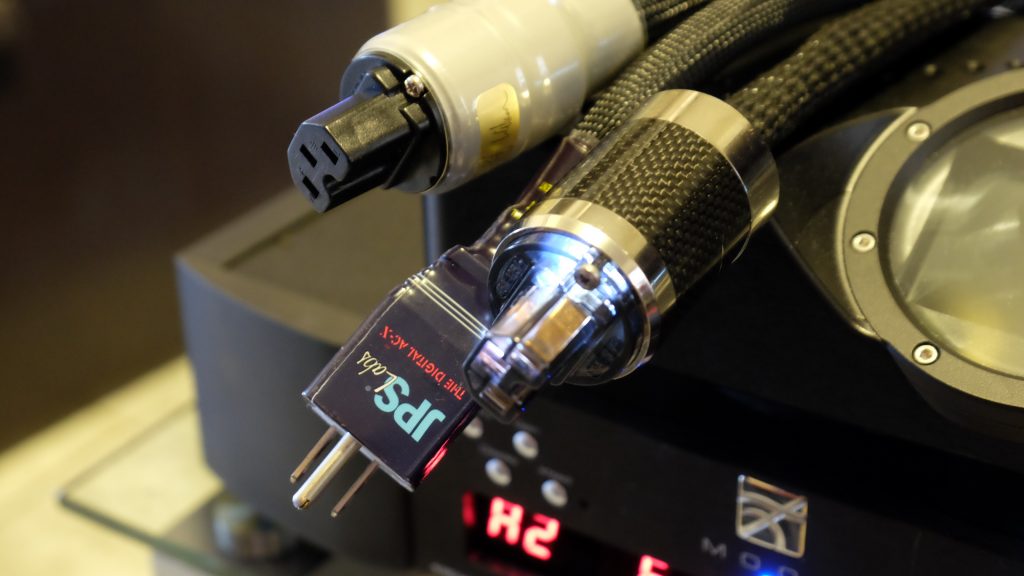
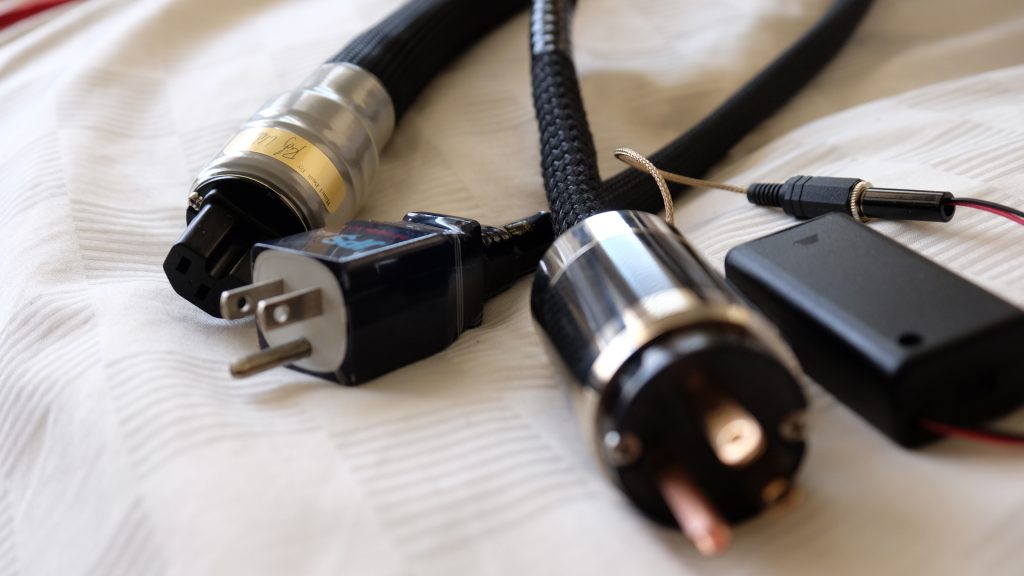


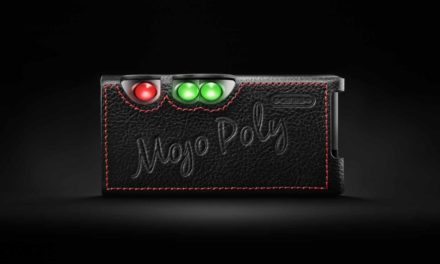
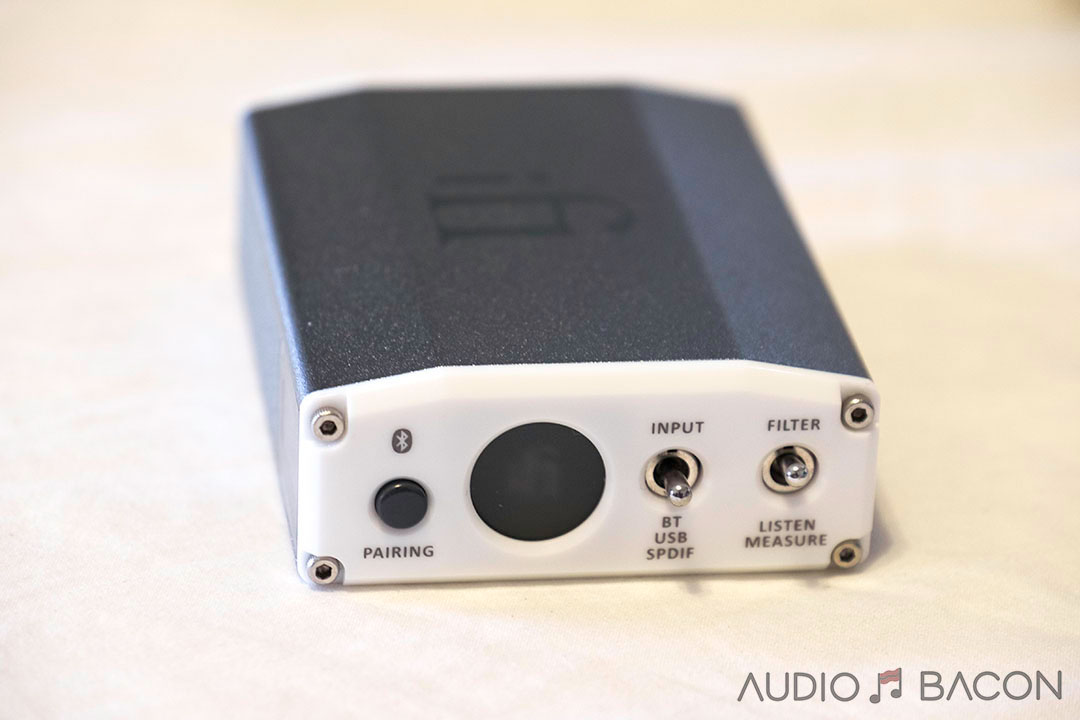
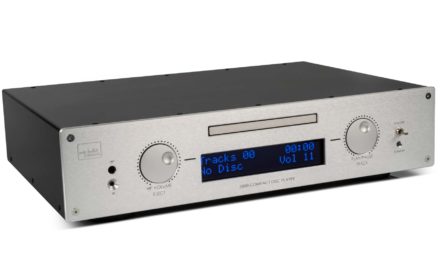
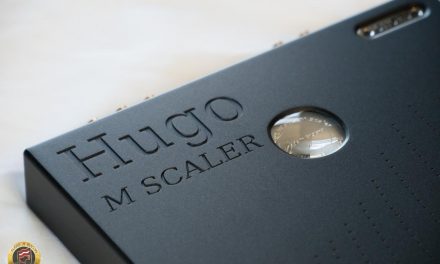

Fantastic review! Just wondering what you think about the Mojo and how it stacks up against the other dacs mentioned here. How does it compare to the Dave?
My first few days with Mojo had me shedding tears as well as receiving goosebumps. There were many times when I was listening to artists such as Dean Martin and Elvis and felt as if they were singing into my soul! Does the dave also have Mojo’s euphonic characteristic but a super refined presentation?
Hey Max! Sorry for the late response. IMO the Chord Hugo portable is still technically better than the Mojo but the Mojo is, like you mentioned, euphonic. The DAVE is just plain transparent. It doesn’t color the sound in any way and gives it to you raw. It is the most detailed DAC I’ve ever heard.
I really enjoyed this article, and it was really one of the pieces that directed me to get the DAVE.
However, there is a fatal flaw in your assessments, which has to do with your choice music, inasmuch as introducing recordings that are dynamically limited, compressed, and clipped, one cannot possibly claim a critical listen, no matter the DAC, power cables, interconnects, etc. (which, by the way, is not limited to just your review of the DAVE). The simple fact is, in order to attain what the DAVE is supposed to do, i.e. render the closest one can get to the original analog source, any recording that has been killed by overt digital manipulation in the mastering phase cannot be considered a quality source for deep aural investigation. To wit, here are but a few examples with their corresponding DR values:
Colbie Caillat – Never Gonna Let You Down – DR6
Coldplay – Hymn For The Weekend – DR5
Coldplay – Adventure Of A Lifetime – DR5
Eminem – Love The Way You Lie – DR6
Taylor Swift – Everything Has Changed – DR7
Adele – Can’t Let Go – DR6
Ice Cube – Ask About Me – DR8
Paramore – Crushcrushcrush – DR5
Damien Rice – 9 Crimes – DR6
While you certainly have some dynamic cuts on your roster, even the introduction of one compromised track is akin to walking into a lab with your cleanroom suit, only to unzip your fly and introduce urine into the petri dish. The experiment has been compromised.
I say all of this not to dog you out, but for greater care to be taken with further articles, and how you allow your choice of music to effect the outcome in a less than optimal way, especially since you have a great passion for music, and well-tempered control methods for arriving at your conclusions.
Indeed, most assuredly I do not possess your technical knowledge; nevertheless, I know that there is a quite a difference between the music that I would thump in my ride vs. the songs (and their inherent musical cues) that I would test a series of DACs with. After all, it is about the music, first, and its inherent properties that dictates its qualitative outcome. Anything less than the attempt to get as close to the original source as possible will render a 7K audio cable as useful as a sack llama feces.
Your pal,
The Devil
Hey Nick! My apologies for the late response, been working on a few projects. I really appreciate your feedback and glad you decided on a DAVE. You’re right, unequivocally the choice of music does matter when evaluating audio gear and some of my choices might’ve not been optimal for critical listening. However, after coming up with various methodologies of evaluating gear (including keeping to strictly great/renowned recordings with high dynamic range), I’ve concluded testing audio equipment with music you’re extremely intimate with carries more weight than one would think. This is regardless of whether it was mastered well or not. That said, well-engineered recordings would be preferred and necessary, but you’d be amazed at the audible benefits from what some would consider poor or low DR recordings. It brings more euphony and details to recordings you hold close…and that’s what matters the most.
It’s important to realize high DR is just one attribute of a great recording but I’ve found, even after digging through sites like http://dr.loudness-war.info/, just because a recording has high DR, doesn’t mean it sounds great and would necessarily be advantageous in evaluating and comparing equipment. Some high DR, quieter passages actually sound very similar between the devices but often times with low DR, busier, and high energy recordings, the differences are clearly audible. Even with low DR, poorly produced/compressed albums like Adele’s 21, there’s still merit in evaluating those tracks. Consequently, I’ve found with low DR recordings, you’re able to pick out the minute differences within a narrower area of the spectrum, which allows me to recognize and focus on those frequencies in other recordings.
Musical enjoyment is largely subjective and equipment evaluation is pseudo-objective, I think throwing in a variety of recordings, “audiophile-grade” or not, is healthy for a more holistic impression and evaluation of the equipment. My goal for the DAVE review was to zone into the overarching differences between the various DACs and by listening to all types of recordings, I feel this builds more confidence in my conclusion. I believe this approach enhances rather than compromises the experiment.
That said, if you have any recordings you would like to be included in any future reviews, I’d be glad to check them out 🙂
Jay, you are complelty awesome. I mean that. Your reviews are great, and I will not argue your methods.
It is true; I am a sad soldier, in combat on the front of losing war. Not a voice crying in the wilderness, but one of the few voices, indeed. We will lose this war.
It is equally true that full dynamics do not always sound great, even good, or even listenable. I, however, really feel the push on my eardrums, this claustrphobic headache I get from low DRs, almost – almost – without exception.
It doesn’t matter, though. This is your home and I’m thankful that you’ve invited me in. Now, allow me clean the dirt I tracked in from your carpet.
Don’t be silly, you could wear your shoes into this home anytime. I’m still curious as to which albums/tracks you would like to see in these reviews. I would gladly include them. Who knows, maybe my methodologies need a bit of tweaking and I’m open to that.
You are not alone.
Throw on Elvis’ “Elvis is Back!,” track 2, “Fever.” This is one of my favorite tracks to audition a system with. It’s very, very wide stereo in 1960, and if the system is right the recording should give a real holographic sound coming from the natural reverb in the famed RCA Studio 2, Nashville, TN. Moreover, how smooth does his voice come off? How much ambiance do the drums and cymbals give off as they fade to black? Double bass is hard to capture right. Do you hear the physical construction of the strings on the neck, or is it just notes?
This is an extremely good test track. The Sony Legacy Edition is tops!
For the DAVE we know that depth perception is important, as it offers us a new, deeper, view into the music, one that should be there if properly mic’ed, etc. Anyway, a great window into depth should be just about any track from Pink Floyd’s “The Final Cut” album. It was recorded with the experimental Holophonic System, which really works, especially on cans. Just about any edition would do, especially the 1992 & 1994 masters, although the 1983 and 2004 aren’t bad.
Be sure to turn off the DAVE’s crossfeed for the Floyd album.
That’s all I have for now, as I’m trying to figure out how I’ll get me a short run of Shunyata Alpha Digital Zitron with paying close to a G.
Hello Jay,
I’m thinking of getting myself a killer end-all DAC and DAVE is very much on the radar, of course, I still have to save some before I can afford it, but I’ll get it in 2017 (End of 2016 now)
The review is very indepth but I must ask you this, you have on page 5, a section called Raw Notes, I don’t understand it, you were comparing with Lumin? DAC or what? Because you mention Lumin wins everything pretty much, yes, if you must ask, I read the review a little more in the past though not the whole review, and this time either, so no, sorry, can’t read it all.
I’m currently using a decent system: PC > Auralic Vega > Audio-gd Master 9 > HD800S
If you meant something else by the word Lumin and Chord DAVE is a sure killer then, will the simple change of Auralic Vega to Chord DAVE be a massive improvement or is there something that can be improved even better currently? I know DACs as much as those Audio Atheists sing praise science and DACs don’t affect sound quality, I know that they do very much affect the sound.
Best Regards and I hope you’ll still be able to answer my question in the nearby future even though this article is somewhat old already.
Ignore the question about Lumin – I just re-read you meant Lumin S1 as a streamer, just that you talked about it as a DAC too…
So I guess Chord DAVE is a true winner for people looking for both musicality and detail/soundstage.
Addition of Crossfeed setting feature in a uber high-end DACs is also interesting 🙂
Can I ask you about Chord hugo which I had for more than 1 year .
TO be honest it didn’t sound that good. if you still have it ? what’s your chain looks like from pc>usb > hugo or it’s diff than this ?
this is important for me : if I use W4S Recovery + Teradak Linear PSU with hugo do you think it’s will sound way better than before ?
and please comapre it hugoi TT with the same setup pc >usb>W4S Recovery + Teradak Linear PSU .
Thanks alot
There are plenty of DACs that sound better than the Chord Hugo. Even the internal DAC of the Simaudio Neo 430HAD sounded better. I just think it’s the best portable DAC. Of course, all a matter of preference. I’ll be posting a review of all the USB conditioners (iFi USB3.0, Uptone Regen, W4S Recovery, etc in the next couple of weeks). I’ll also be testing a few Linear PSUs. In short, these USB conditioners will make an enormous difference. I no longer have the Hugo TT but these conditioners would benefit the TT as well. We really under estimate the noise from a PC.
My ideal chain for the Hugo would be a microRendu + Uptone LPS-1 and stream from Roon/Tidal. If you have to use a PC, the iFi USB3.0 looks promising and just pair that will a decent linear PSU.
Hi Jay,
do the DAVE gives full power to the Abyss? Do you know the power (watt) that this DAC gives to the Abyss?
Best regards!!!
Nicola
Hey Nicola! The DAVE supplies more than enough power to the Abyss. I don’t go past -8dB. It’s ear-splitting past that point.